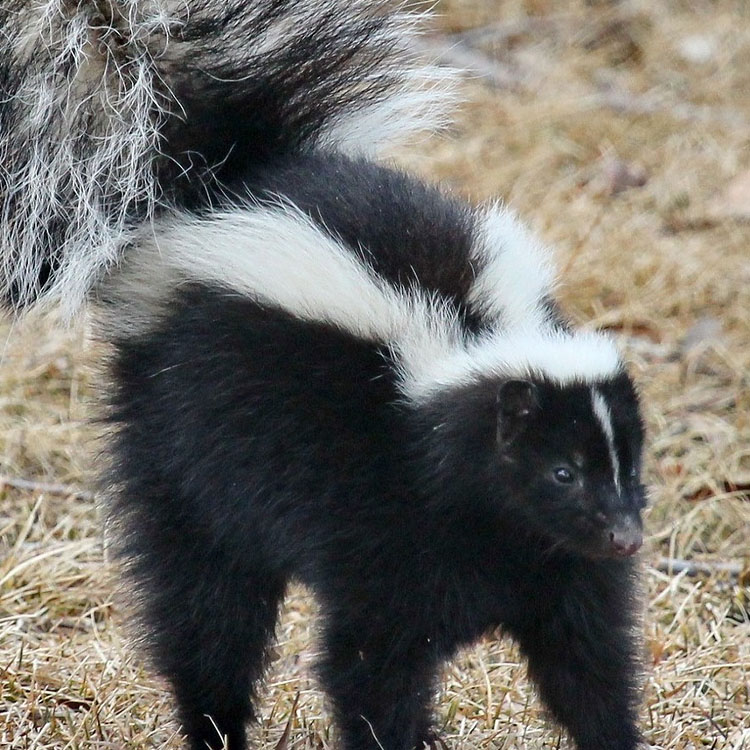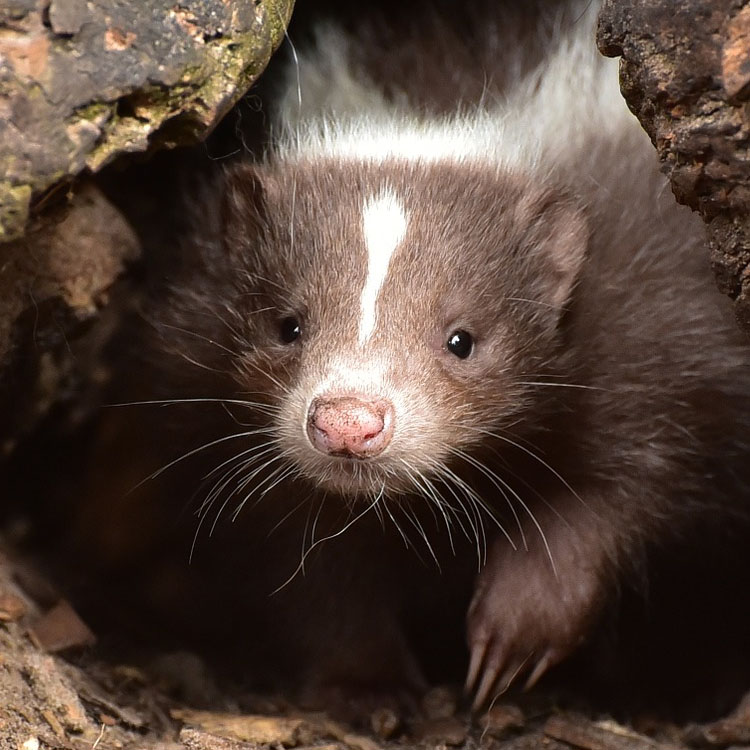DIY Skunk Control Guide
While skunks are wild animals, they are not as destructive as other species of nuisance wildlife, like raccoons or possums. Often times, skunk problems have to do with their odor or the spraying of children or pets. For this reason, it’s a good idea to get rid of skunks quickly using traps and exclusion materials. In this article I’ll recommend some materials and tools that will help you solve your skunk problems without breaking the bank, and without hassle.
The best traps for catching skunks are live traps. There is absolutely no need to exterminate a skunk unless it is carrying a zoonotic disease or is extremely aggressive. The right kind of live traps for skunks will have a door that closes behind the animal, sealing them in. The animal will trigger the trap door as they move towards the end of the trap where the bait is.

A skunk’s main defense mechanism is its spray. If skunks are trapped in a kill trap, it is likely that they will use their spray. The same could be said of live traps as well. All it takes to get a skunk to use its spray is for the skunk to feel threatened. In any case, you don’t want to be sprayed by a skunk. Their spray is extremely oily and viscous, and will stick to skin, hair, and clothing until it is removed properly. Some trappers use cage style traps with removable “walls” made of rigid steel to prevent being sprayed. These walls can be placed around the cage trap to prevent anyone picking up the trap from being sprayed. Other types of traps that function similarly resemble PVC piping as they are round and cylindrical. Depending upon who you talk to, you will hear various reports of these types of traps’ success rates. Some say that the skunk is not intelligent enough to know it is walking into a trap if the type of trap you are using has rigid walls, and some say that the standard cage-style live trap is the way to go. Personally, I think a cage trap with removable walls is the best option. You can even fashion one of these types of cages yourself with an existing trap and some metal sheeting.
It’s not enough to simply trap a nuisance wildlife animal and remove them from your property. They didn’t just appear there out of thin air, so play detective and discover the entry points the skunk was using to enter your property. Spend a good amount of time examining fence lines and areas underneath sheds, decks, and porches. Be careful not to spook any skunks you find or they may spray you. While you are doing this inspection if your property, make note of any damaged areas or areas you think would be hospitable to slunks or other wildlife. These areas will need exclusion materials placed over them in order to get rid of skunks and keep them away.

When constructing exclusion barriers, take careful consideration to make sure that the materials you are using will be strong enough to deter skunks and other animals for a long period of time. For instance, if you are constructing some skirting to be placed around an elevated deck or patio, I would suggest you use quarter-inch metal screening. This material is durable and will last a long time. Window screening is not suitable for this space because it can be easily torn or punctured. Plastic trellis material would also be a poor material for this area because the openings that allow airflow are too far apart. Rats and other rodents, as well as baby animals, can enter the space if you use this material.
Repairs along the fenceline will also require some thought and preparation to ensure that you are not doing repairs every week. Replace damaged boards with new boards in the fence, and bury pavers in the dirt along the fence where animals are digging holes. For skunks, the plastic garden spikes will also discourage them from entering the yard or garden areas. Keep in mind what works for one animal may not work for another. It is always a good idea to steel and concrete construction materials in order to deter wild animals because it is hard-wearing and will not be destroyed easily by wildlife.
